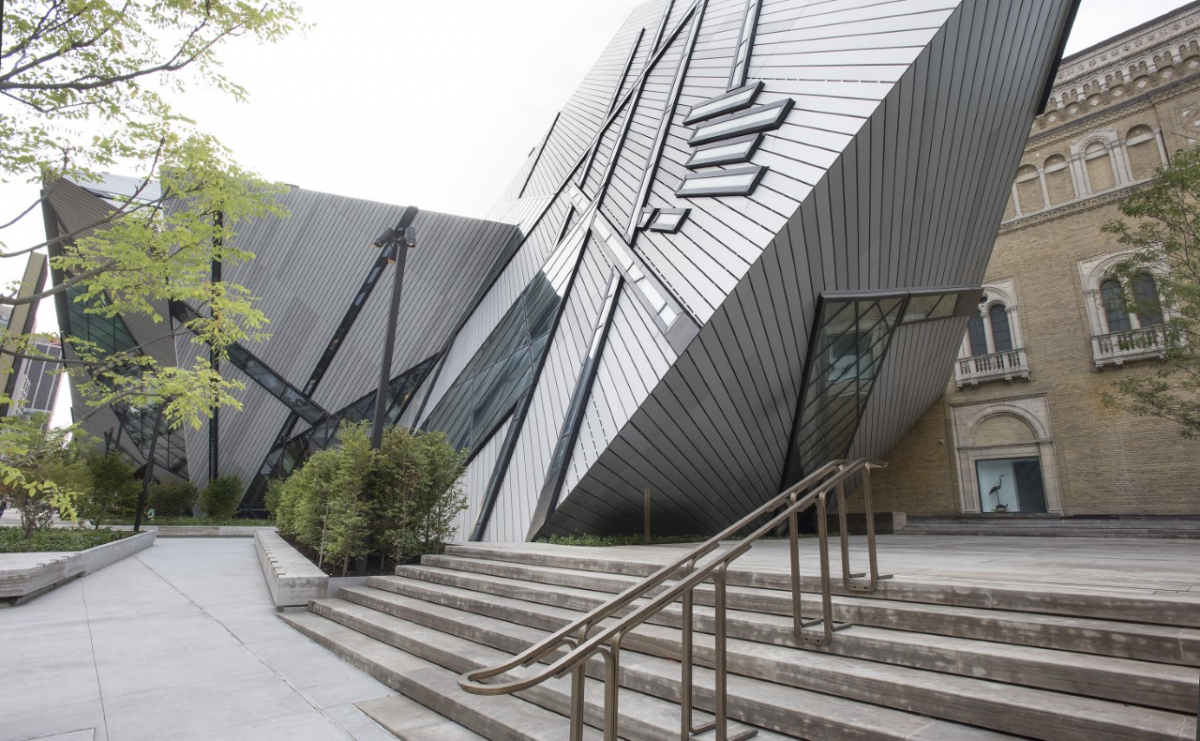Dear ROM Community,
I write to you at a time of great anguish, consternation, and, as people all over the world take to the streets to demand change, a time of great hope for a better future. A future where Black Lives Matter is a self-evident truth. We know such a world does not exist today. Not in my native United States, not here in Canada, nor anywhere in the Western world and beyond. Systemic racism is woven into the fabric of our society. As a civic institution, the ROM categorically condemns racism in any form. I stand with those who seek a more just and equitable society.
But to simply state this is not enough. Museums must evolve. There is no neutral when it comes to racism and intolerance. It is to that end that I am reaching out today: to express grief and support for those directly affected, to recognise our own participation in this flawed system, and to commit to and support efforts made by ROM staff and leadership to better hold ourselves accountable.
I wish to acknowledge the pain and outrage many are feeling, especially those in the Black community who bear the weight of these losses and injustices most personally. The ROM stands with you. We commit to continuing the ongoing work of institutional self-reflection, inclusive practice, dismantling racism, and pursuing reconciliation.
As a museum, our work over the last 106 years has at times reinforced colonial perspectives and ideas that further entrench systemic oppression. As recently as 1989, we presented an exhibition, Into the Heart of Africa, that perpetuated harmful stereotypes. One of my first acts as Director & CEO was to personally, and on behalf of the ROM, apologize to the Black and African Canadian communities for that exhibition and commit to actionable change. That commitment helped shape, and is at the heart of, our new Strategic Direction.
Since then we have taken important steps, working hand-in-hand with communities to share their perspectives through our exhibitions, programs, and collections. These efforts have included such recent exhibition projects as Here We Are Here: Black Canadian Contemporary Art, Anishinaabeg: Art & Power, and Being Japanese Canadian: Reflections on a Broken World. We have also continued our collaborative Of Africa initiative and Indigenous outreach alongside broader community and educational partnerships. While these efforts are a good start, they are not enough. This is a time for us to reflect on who we are and who we want to be as we continue to work toward sustainable and lasting change.
Along with our external facing efforts, there is also the continuing internal work of striving to have our staff, volunteers, senior leadership, and boards better reflect the diversity of the Greater Toronto Area. This requires a holistic approach, with great focus, effort, and input from inside and outside the institution.
Another important element of this work relates to transparency and accountability. I have asked a cross-departmental team to develop an online space for the ROM’s ongoing activities related to anti-oppression, inclusion, and equity, including initiatives focused on Black and Indigenous peoples, as well as other equity seeking groups. This webpage will be available to all and will communicate and solicit feedback.
We must continue to work toward ensuring the ROM becomes an even more inclusive, equitable and anti-racist institution, so that people not only feel welcome but see the Museum as a place of belonging. It has never been more important to affirm our commitment to play a central role in the lives of our community and be part of the important and relevant discourses of our time. I look forward to continuing to take on this challenge together.
Josh Basseches
Director & CEO, ROM

